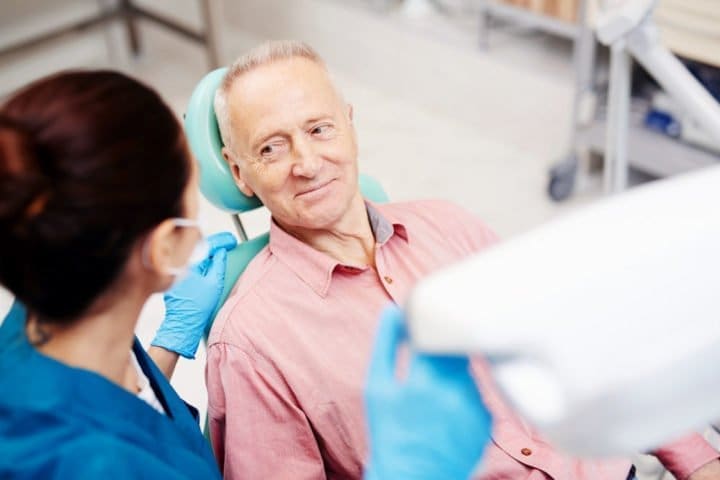Dental procedures have specific recovery rules to ensure your oral surgery heals properly and avoids needless complications. In all cases, you should wait at least two hours after any dental surgery before eating to let the anesthesia wear off. Otherwise, you may bite down on a soft tissue that you are unable to feel. The following are specific instructions for particular procedures. Your doctor or dental assistant will tell you the full details, but here are some of the key points:
Root Canal Therapy
Expect a few days of soreness and avoid chewing on the side of the mouth where the procedure was performed to prevent irritating the area. Chewing also can displace the materials placed over the incision before they set properly. You will be given an antibiotic to fight any potential infections. If you notice escalating pain or tenderness, problems with the medication or damage to the restoration material call your dentist immediately.
Crowns and Bridges
While you have your temporary bridge or crown in place, take great care not to dislodge it when eating, brushing or flossing. Sticky or chewy foods or tugging on it could break it off
You may feel sensitivity or irritation immediately after the temporary or permanent piece is placed. This is a normal part of the healing process and you can try some over the counter ache relief or rinse your mouth with warm salt water. Expect the permanent crown or bridge to feel off for a few days while your mouth adjusts for it, but let your dentist knows if it persists.
Bonding
Avoid hot or cold food and drinks for the next few days while the new bonding is sensitive. It will should feel normal after that.
Scaling and Root Planing
To help your gums heal rinse your mouth with warm salt water 2 or 3 times daily to relieve the pain and cleanse the area. Brush and floss as normal, but be gentle to avoid irritation. Swelling and stiffness can be relieved with a cold pack or pain medicine. Avoid hard, sticky and chewy foods for several days and contact your dentist if you experience pain or swelling after that.
Veneers
While you have your temporary veneer in place, take great care not to dislodge it when eating, brushing or flossing. Sticky or chewy foods or tugging on it could break it off
You may feel sensitivity or irritation immediately after the temporary or permanent veneer is placed. This is a normal part of the healing process and you can try some over the counter ache relief or rinse your mouth with warm salt water. Expect the permanent veneer to feel off for a few days while your mouth adjusts for it, but let your dentist knows if it persists.
Extractions
You will need a ride home after the procedure because of the anesthesia. Rest at home, but do not lie flat. Keep your head elevated higher than your heart. Expect the procedure site to bleed a little and use and replace gauze as needed. You will receive pain medication and can also use an ice pack for relief. The procedure site will need to be cleaned regularly while your body fills in the gap.
If bleeding continues for more than 24 hours or the site doesn’t appear to heal properly, call your dentist for help.
Your diet will be limited to soft foods for a few days. Common choices iclude ice cream, soup, pudding, yogurt, hummus, mashed potatoes, and gelatin.



